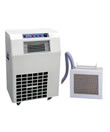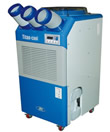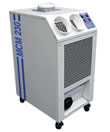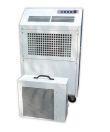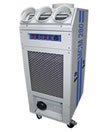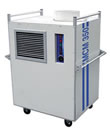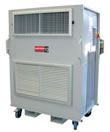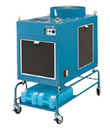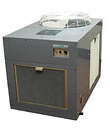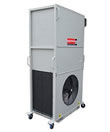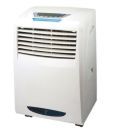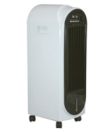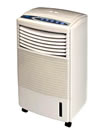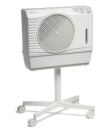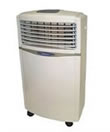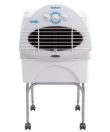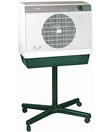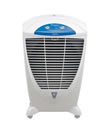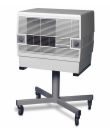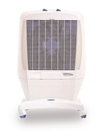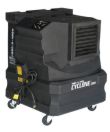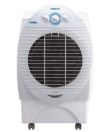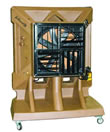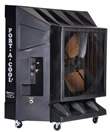Cooling Hire and Sales
Sussex Cool provides a wide range of portable air conditioning equipment and specialist climate control products ranging from 2.0kW to 73kW. Our cooling equipment is used in many sectors - manufacturing, industry, construction, corporate offices, events, hospitals and healthcare facilities, retail, film and media, leisure facilities and education.
Below is a complete list of all our products in the Cooling category available from our Sussex distribution centre in the South East.
- We present the next generation air conditioner and heater in one super compact unit. The all new Climateasy 12NG which packs 12,000BTU cooling and 10,000BTU energy efficient heating with heat pump plus dehumidify and fan modes.
- The Honeywell FR48EC is a stylish high quality evaporative air cooler that is ideal for both indoor and outdoor cooling.
- An effective cooling solution with a powerful motor and fan, suitable for use in larger areas and ideal for commercial environments.
- The Honeywell FR60EC is the perfect choice to keep large indoor and outdoor environments comfortably cool and breezy and is one of the newest evaporative cooler models that London Cool have to offer.
- Luxury 4 mode portable air conditioner model suitable for large rooms and offices. Offering 14,000BTU cooling and energy efficient heating with heat pump and an all new look for 2017.
- Offering 15,000BTU cooling and energy efficient heating with heatpump, London Cool have the P15HCA Koolbreeze Kompact 15 portable air conditioning unit model.
- Powerful 4.5kw split type unit with a nominal, supplied with a 5m line as standard
- Quiet in operation
- Offering 16,000BTU cooling and energy efficient heating with 14,500BTU heatpump, London Cool have the Koolbreeze Climateasy 16 (previously Coolmaster 16000) portable air conditioning unit model with an all new look for 2017.
- Powerful 6.5kW split type unit with a nominal, supplied with a 5m line as standard
- Quiet in operation
- Also know as Avalanche, Powerful 6.7kW split type unit. More powerful than a PAC22
- Simple to install
- 7.3 kW portable 'split type' water cooled air-conditioning unit. More powerful than a PAC22
- Can be used up to 30 metres from an external wall
AHU
AHU - An air handler, or air handling unit (AHU) is a device used to condition and circulate air as part of a heating, ventilating, and air-conditioning (HVAC) system. Usually, an air handler is a large metal box containing a blower, heating and/or cooling elements, filter racks or chambers, sound attenuators, and dampers. Air handlers usually connect to ductwork that distributes the conditioned air through the building, and returns it to the AHU. Sometimes AHUs discharge (supply) and admit (return) air directly to and from the space served, without ductwork.
Air Conditioning
An air conditioner is an appliance, system, or mechanism that is designed to extract heat from an area using a refrigeration cycle. A complete system of heating, ventilation, and air conditioning is referred to as HVAC. Its purpose is to provide comfort conditions during hot days and nights. Air-conditioning units pump out thermostatically controlled cool air that has been chilled through heat extraction.
Climate Control
This is commonly used to describe the automatic setting of temperature where the Climate Control system, will provide either heating or cooling automatically, to reach the temperature set point
Cold Air Outlet Tubes
Portable Air Conditioning units which have flexible cold air outlet tubes are normally called 'spot coolers' and are designed to create an umbrella of cool air. The position of that umbrella is determined by the direction of the flexible cold air outlet tube, often referred to as a nozzle. This unit is ideal for cooling individual work stations or, more especially critical areas such as IT, Data Centres and Server Rooms. As well as cooling the air, the moisture is re-condensed out of the air and collected in an integral water reservoir that is emptied manually. An automatic condensate pump can be fitted as an extra.
Evaporative Portable Air Conditioners
Evaporative coolers provide a cooling effect by natural evaporation, in the process increasing relative humidity. Fans and air movers increase cooling through air circulation. Evaporative air conditioners do not have a compressor or condenser. Instead, liquid water or ice is poured into a tank and air movement releases this as vapour. Because they do not have a refrigeration circuit, they do not need hoses or pipes, allowing them to be truly portable. These units add humidity and are not suitable for computer, IT or server room applications. In moderate humidity locations there are many cost-effective uses for evaporative cooling, in addition to their widespread use in dry climates. For example, industrial plants, commercial kitchens, laundries, dry cleaners, greenhouses, spot cooling (loading docks, warehouses, factories, construction sites, athletic events, workshops, garages, and kennels) and confinement farming (poultry and dairy) all often employ evaporative cooling.
Hose Exhaust Portable Air Conditioners
Hose systems 'Air-to-Air' and 'Monoblock' are vented to the outside via air ducts. The 'monoblock' version collects the water in a tank or tray and should stop when full. The Air-to-Air version re-evaporates the water and discharges it through the ducted hose and can hence run longer between tank emptying. The hose (s) must discharge outside the area being cooled, via a partially open window or door, or sometimes into a false ceiling. We can provide an installation service to make holes through walls where possible.
HVAC
HVAC stands for 'heating, ventilation, and air conditioning' and is sometimes referred to as 'climate control' and is particularly important in the design of medium to large industrial and office buildings and in marine environments. The three functions of heating, ventilation, and air-conditioning are closely interrelated. All seek to provide thermal comfort, acceptable indoor air quality, and reasonable installation, operation, and maintenance costs. HVAC systems can provide ventilation, reduce air infiltration, and maintain pressure relationships between spaces. How air is delivered to, and removed from spaces is known as room air distribution.
Portable Air Conditioning
Portable air conditioners come in three forms, split, hose exhaust, and evaporative. The main uses/advantages of Portable Air Conditioning are:
- It is portable, and thus location can be easily changed.
- Temporary - in areas where air conditioning might not normally be needed, but there is a temporary requirement.
- Emergency - portable air conditioning units can be supplied as emergency backup, in case of fixed air conditioning failure - especially critical in such areas as IT, Data Centres and Server Rooms.
- If a permanent solution where fixed air conditioning is not possible.
Split Portable Air Conditioners
A split system has an indoor unit on wheels connected to an outdoor unit via flexible pipes, similar to a permanently fixed installed unit. Split system room Air Conditioners come as either refrigerant based or water cooled.
Water Chillers
A water chiller is a device that removes heat from a liquid via a vapor-compression or absorption refrigeration cycle. This cooled liquid flows through pipes in a building and passes through coils in air handlers, fan-coil units, or other systems, cooling and usually dehumidifying the air in the building. Chillers are of two types; air-cooled or water-cooled. Air-cooled chillers are usually outside and consist of condenser coils cooled by fan-driven air. Water-cooled chillers are usually inside a building, and heat from these chillers is carried by recirculating water to outdoor cooling towers.


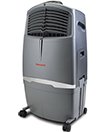
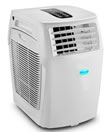
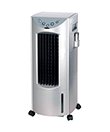
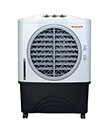
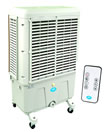
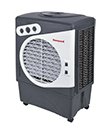
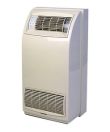
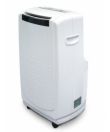
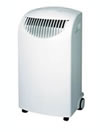
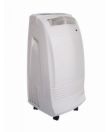
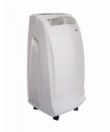
.jpg)
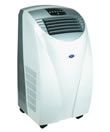
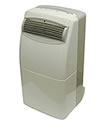
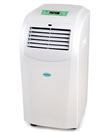
.jpg)
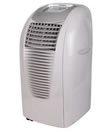
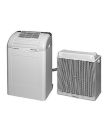
.jpg)
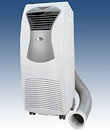
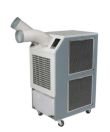
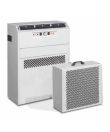
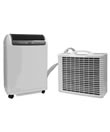
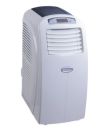
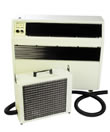
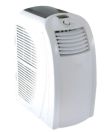
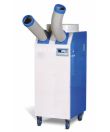
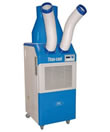
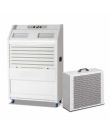
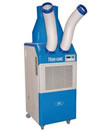
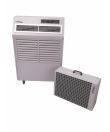
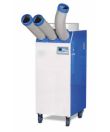
.jpg)
